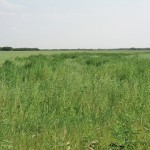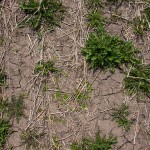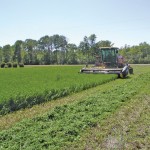
Tag Archives Weed control

Monsanto rolls out ‘Xtend’ glyphosate-dicamba-tolerant soybeans
Manitoba farmers could be planting these dual-stacked GM soybeans as early as next spring

Manitoba overhauling Noxious Weeds Act
Noxious weeds will be listed in three tiers with control action based on the threat to agriculture and natural areas

Tank mixing weed killers helps delay herbicide-resistant weeds
But don’t forget to rotate crops, including fall seeded and perennials, advises AAFC’s Hugh Beckie

Glyphosate resistance: Change now or pay later
A USDA-ERS report shows managing glyphosate resistance is more cost effective than ignoring resistance and farmers need to work together

New herbicides help producers mix up modes of action to fight resistance
Farmers can fend off herbicide-resistant weeds and make money by changing up their weed control program

No Roundup Ready alfalfa production for 2015
Forage Genetics International will allow 20 demonstration plots in Eastern Canada

Fun for farmers — watching weeds die
Time-lapse videos help farmers identify signs of herbicide resistance

Grow less maize and produce more food
Boosting yield allows seeding less maize as ‘insurance,’ and adding more profitable and nutritious crops to the rotation

Kochia: ‘the cockroach of the plant world’
Weed can duplicate extra copies of a gene which is resistant to glyphosate

Develop a pasture plan based on specific needs and weeds
Heavy seeding and a weed control strategy geared to specific pasture conditions are key for grazing consultant and rancher Graeme Finn


